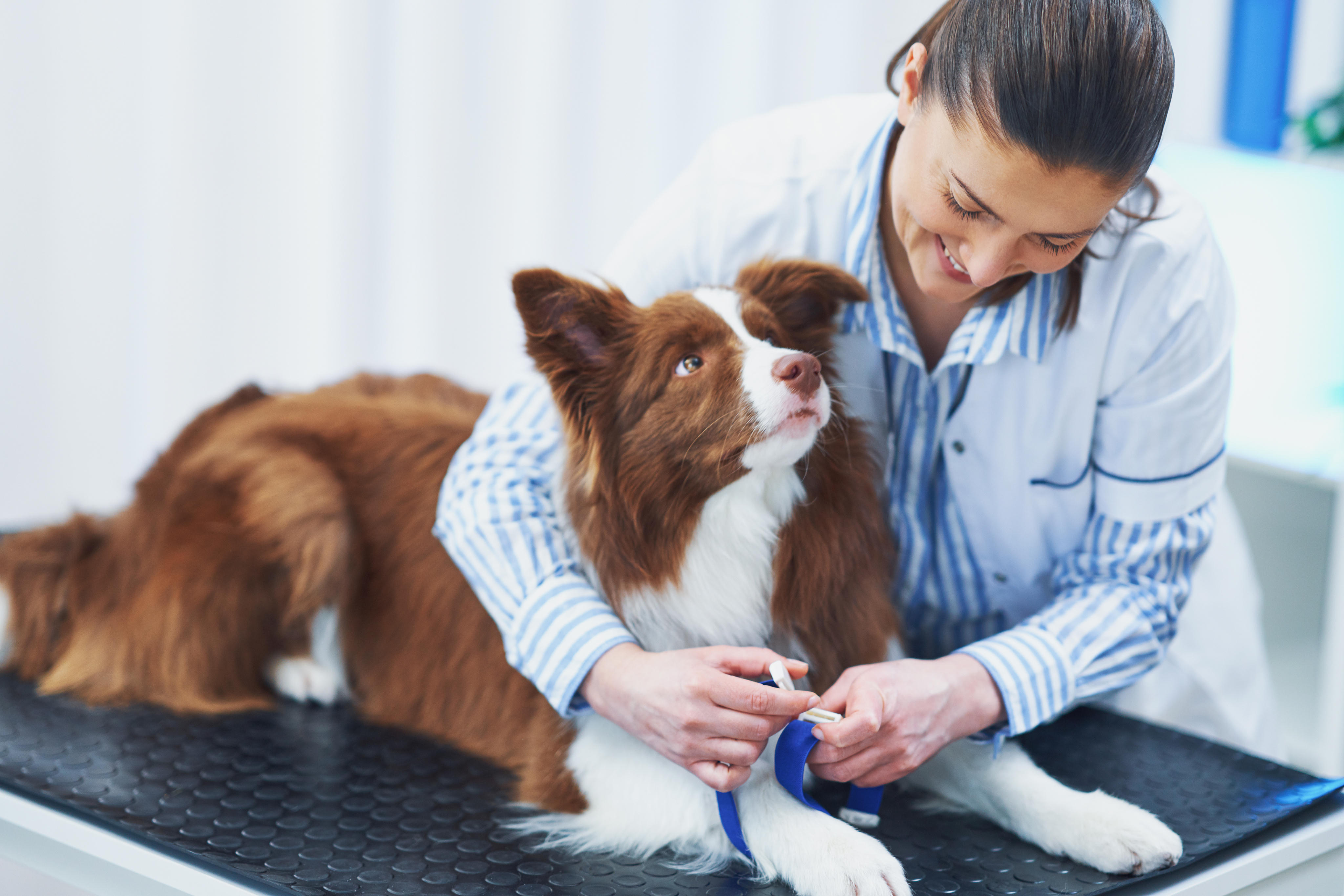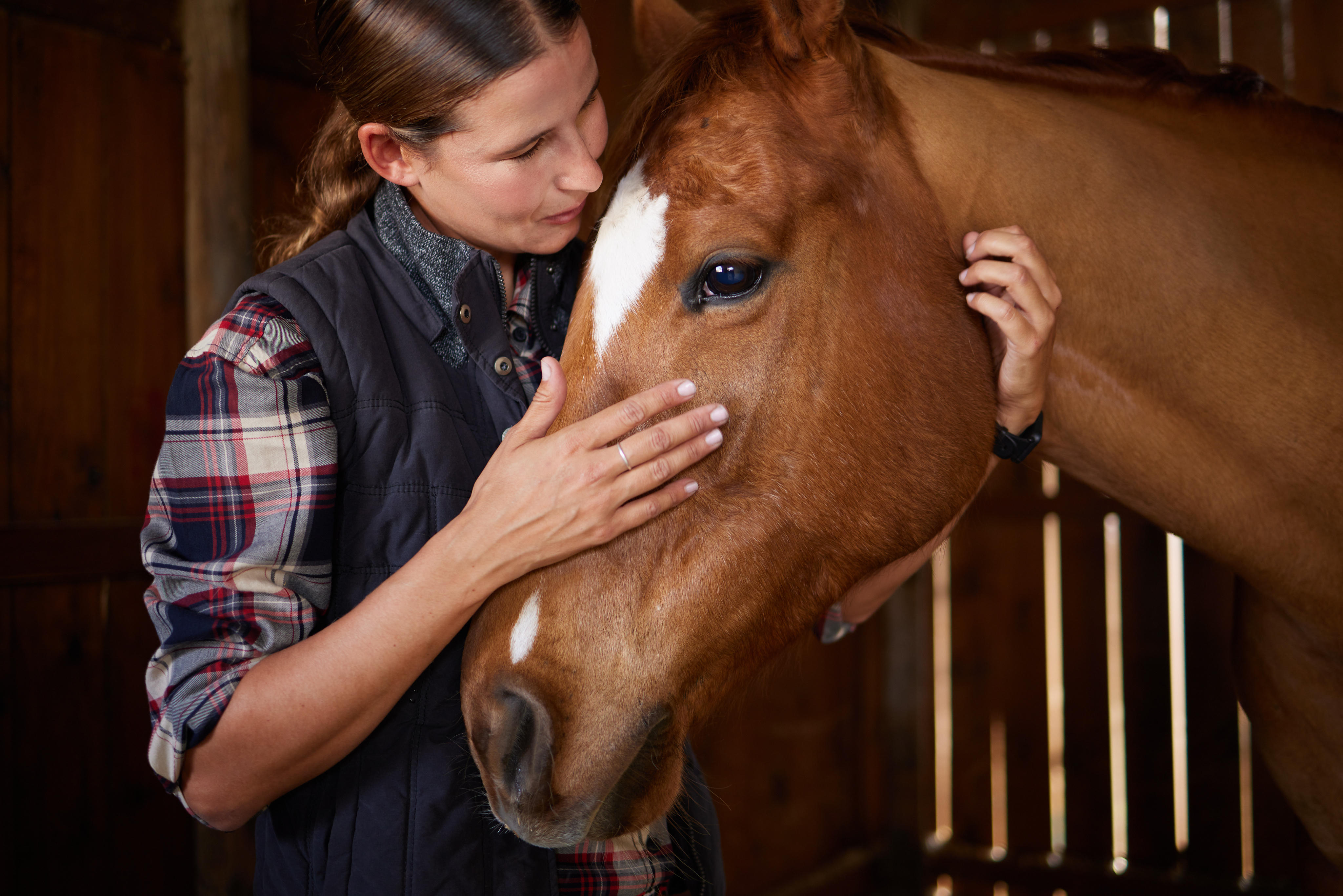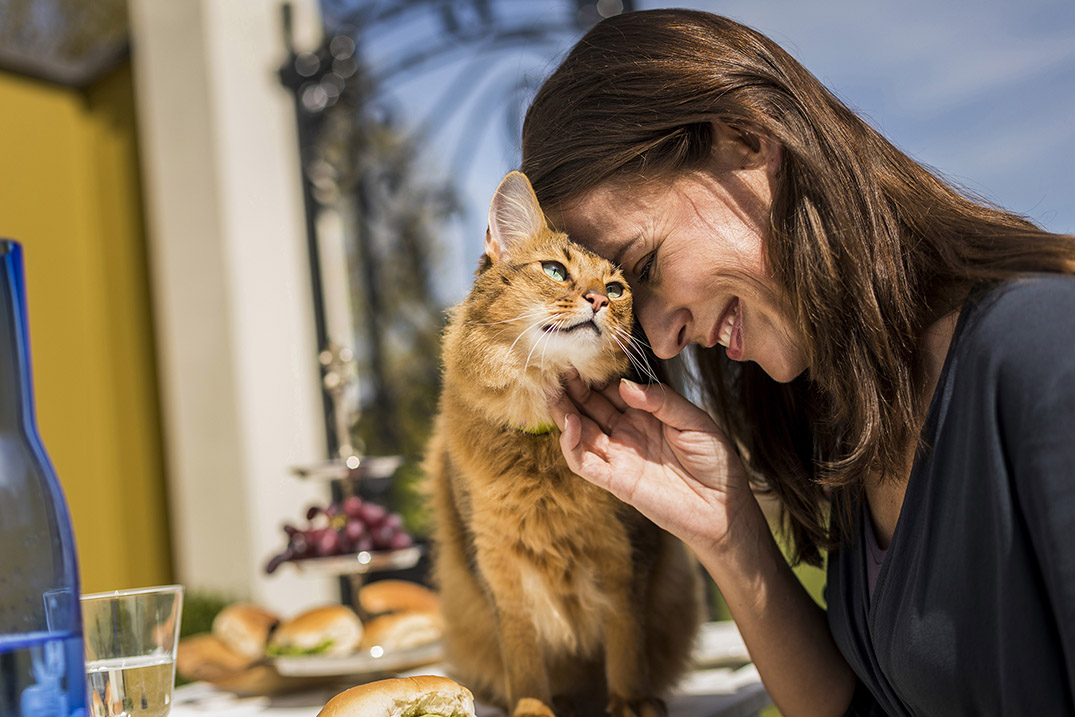Managing Uncomplicated Diabetes
Appearance & Management of Uncomplicated Diabetes
Two Types of Patients Can be Categorized as Uncomplicated:
- Cats presented after the owner notes the appearance of clinical signs without general deterioration or diabetic ketoacidosis (DKA). These are non-emergency cases.
- Cats that have stabilized after initial presentation with and successful treatment for DKA.
During Consultation:
- Perform a thorough examination and weigh the patient.
- Evaluate laboratory test results including complete blood count, urinalysis (including sediment examination), and serum biochemistry profile (including T4).
- Photograph patient’s head and whole body; optional but often the only way to diagnose subsequent acromegaly.
- Rule out hyperthyroidism, renal failure, inflammatory bowel disease, pancreatitis and exocrine pancreatic insufficiency, hyperadrenocorticism, acromegaly, neoplasia, or hepatic disease.
When Health Status is Known and Diabetes Mellitus Confirmed:
- Thoroughly explain to cat owner what diabetes mellitus is, that achieving regulation may take up to 3 months, and what the implications are for the family. Make sure the owner understands the treatment involved, and that the cat should be able to live a happy, healthy life with consistent treatment. This is crucial, as complete cooperation of the owner is essential to treatment success.
- Treat existing infections or other medical conditions. Any disease will affect insulin metabolism.
- Introduce appropriate diet.
- Begin treatment with Vetsulin® (porcine insulin zinc suspension).
Initial Therapy with Vetsulin
Steps in Clinic
- Weigh the cat to obtain a benchmark for future weight gain or loss.
- Start the cat on 1-2 IU injections of Vetsulin given twice daily at 12-hour intervals. Administer injections concurrently with or right after meals for cats fed twice daily. No change in feeding schedule is needed for cats fed ad libitum.
- Hospitalize the cat for the day to verify that the starting dose does not cause hypoglycemia.
- Instruct owner on:
- How to administer injections.
- How to identify and treat hypoglycemia.
- Parameters to monitor at home.
- Preferred diet and frequency of meals.
- Discharge cat to owner’s care for 1 to 2 weeks. This allows the cat and owner to acclimate to the injection regimen.
Tasks for Clients at Home
- Monitor and record water and food consumption.
- Monitor and record urine glucose and/or ketone bodies.
- Maintain starting dose and frequency of administration for 1 to 2 weeks, unless there’s evidence of hypoglycemia.
- Bring the cat in for re-evaluation 1 to 2 weeks after starting Vetsulin treatment.
In-Hospital Re-Evaluation
- Verify adequate injection technique.
- Evaluate owner’s monitoring of clinical signs and glycosuria.
- Weigh the patient.
- Evaluate glycemia via glucose curve or spot blood glucose evaluations.
- Increase insulin dose if necessary, according to clinical signs and glycemia values. An interval of 1 to 2 weeks between dosage increments is ideal (unless there’s evidence of hypoglycemia).
Regulation
- Repeat procedures listed above at regular intervals until clinical signs and weight are satisfactory.
- When regulation is achieved (no clinical signs; satisfied owners), schedule re-checks every 2 to 4 months:
- Perform a complete physical examination.
- Revise home monitoring if necessary.
- Evaluate glycemia if necessary (eg, glucose curve, fructosamine).
Problems
If clinical signs resume, fructosamine levels are not satisfactory or overall health deteriorates, causes must be identified.
- Perform a complete physical exam.
- Re-check:
- Injection technique and insulin quality control.
- Feeding and exercise.
- Environment of the patient (recent changes).
- Perform a glucose curve.
- Evaluate complete blood count, urinalysis (including sediment examination), and serum biochemistry profile (including T4).
Additional testing procedures may be required. Cats with diabetes may develop other concurrent diseases or infections that will interfere with insulin.
Help Your Practice Manage Diabetes Mellitus
Check out these tools and resources to help manage feline diabetes.
Read More About Feline Diagnosis & Management
Managing Diabetes Complicated by Ketoacidosis
Related Diseases
Differentiating Factors
Managing Uncomplicated Diabetes
Managing Hyperosmolar Syndrome
Important Safety Information
Vetsulin® should not be used in dogs known to have a systemic allergy to pork or pork products. Vetsulin is contraindicated during periods of hypoglycemia. Keep out of reach of children. As with all insulin products, careful patient monitoring for hypoglycemia and hyperglycemia is essential to attain and maintain adequate glycemic control and prevent associated complications. Overdosage can result in profound hypoglycemia and death. The safety and effectiveness of Vetsulin in puppies, breeding, pregnant, and lactating dogs has not been evaluated. See package insert for full information regarding contraindications, warnings, and precautions.
References
- Martin GJ, Rand JS. Pharmacology of a 40 IU/ml porcine lente insulin preparation in diabetic cats: findings during the first week and after 5 or 9 weeks of therapy. J Feline Med Surg. 2001;3(1):23–30.
- Vetsulin® (porcine insulin zinc suspension) [Freedom of Information Summary]. Millsboro, DE: Intervet Inc.; 2008.
- Data on file, Merck Animal Health.
- Graham PA, Nash AS, McKellar QA. Pharmacokinetics of porcine insulin zinc suspension in diabetic dogs. J Small Anim Pract. 1997;38(10):434–438.
- Martin GJ, Rand JS. Pharmacokinetic and Pharmacodynamic Study of Caninsulin in Cats with Diabetes Mellitus. 2000: Internal Study Report.
- Feldman EC, Nelson RW. Canine and Feline Endocrinology and Reproduction. 3rd ed. St. Louis, MO: Saunders; 2004:539–579.
- Tennant B, ed. BSAVA Small Animal Formulary. 4th ed. Gloucestershire, UK: British Small Animal Veterinary Association; 2002.
- Feldman EC, Nelson RW. Canine and Feline Endocrinology and Reproduction. 3rd ed. St. Louis, MO: Saunders; 2004:486–538.
- Reusch C. Feline diabetes mellitus. In: Ettinger SJ, Feldman EC, eds. Textbook of Veterinary Internal Medicine. 7th ed. St. Louis, MO: Saunders; 2010:1796–1816.
- Nelson RW. Canine diabetes mellitus. In: Ettinger SJ, Feldman EC, eds. Textbook of Veterinary Internal Medicine. 7th ed. St. Louis, MO: Saunders; 2010:1782–1796.
- Burgaud S, Riant S, Piau N. Comparative laboratory evaluation of dose delivery using a veterinary insulin pen. In: Proceedings of the WSAVA/FECAVA/BSAVA congress; 12–15 April 2012; Birmingham, UK. Abstract 121.
- Burgaud S, Guillot R, Harnois-Milon G. Clinical evaluation of a veterinary insulin pen in diabetic dogs. In: Proceedings of the WSAVA/ FECAVA/BSAVA congress; 12–15 April 2012; Birmingham, UK. Abstract 122.
- Burgaud S, Guillot R, Harnois-Milon G. Clinical evaluation of a veterinary insulin pen in diabetic cats. In: Proceedings of the WSAVA/FECAVA/BSAVA congress; 12–15 April 2012; Birmingham, UK. Abstract 45.
- Davison LJ, Walding B, Herrtage ME, Catchpole B. Anti-insulin antibodies in diabetic dogs before and after treatment with different insulin preparations. J Vet Intern Med. 2008;22:1317-1325.
- Banfield State of Pet Health 2016 Report. p 12-13.




 Go To United States
Go To United States Algeria
Algeria Argentina
Argentina Australia
Australia Austria
Austria Bahrain
Bahrain Belgium (Dutch)
Belgium (Dutch) Brazil
Brazil Canada (English)
Canada (English) Chile
Chile Colombia
Colombia Croatia
Croatia Czech Republic
Czech Republic Denmark
Denmark Ecuador
Ecuador Egypt
Egypt Finland
Finland France
France Germany
Germany Greece
Greece Hungary
Hungary India
India Indonesia
Indonesia Iraq
Iraq Ireland
Ireland Israel
Israel Italy
Italy Japan
Japan Jordan
Jordan Kuwait
Kuwait Lebanon
Lebanon Malaysia
Malaysia Mexico
Mexico Morocco
Morocco Netherlands
Netherlands New Zealand
New Zealand Norway
Norway Oman
Oman Panama
Panama Peru
Peru Philippines
Philippines Poland
Poland Portugal
Portugal Qatar
Qatar Romania
Romania Russian Federation
Russian Federation Saudi Arabia
Saudi Arabia South Africa
South Africa South Korea
South Korea Spain
Spain Sweden
Sweden Switzerland (French)
Switzerland (French) Taiwan
Taiwan Thailand
Thailand Tunisia
Tunisia Turkey
Turkey Ukraine
Ukraine United Arab Emirates
United Arab Emirates United Kingdom
United Kingdom Uruguay
Uruguay Yemen
Yemen Global
Global